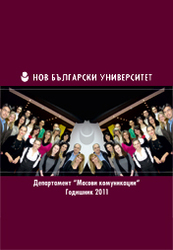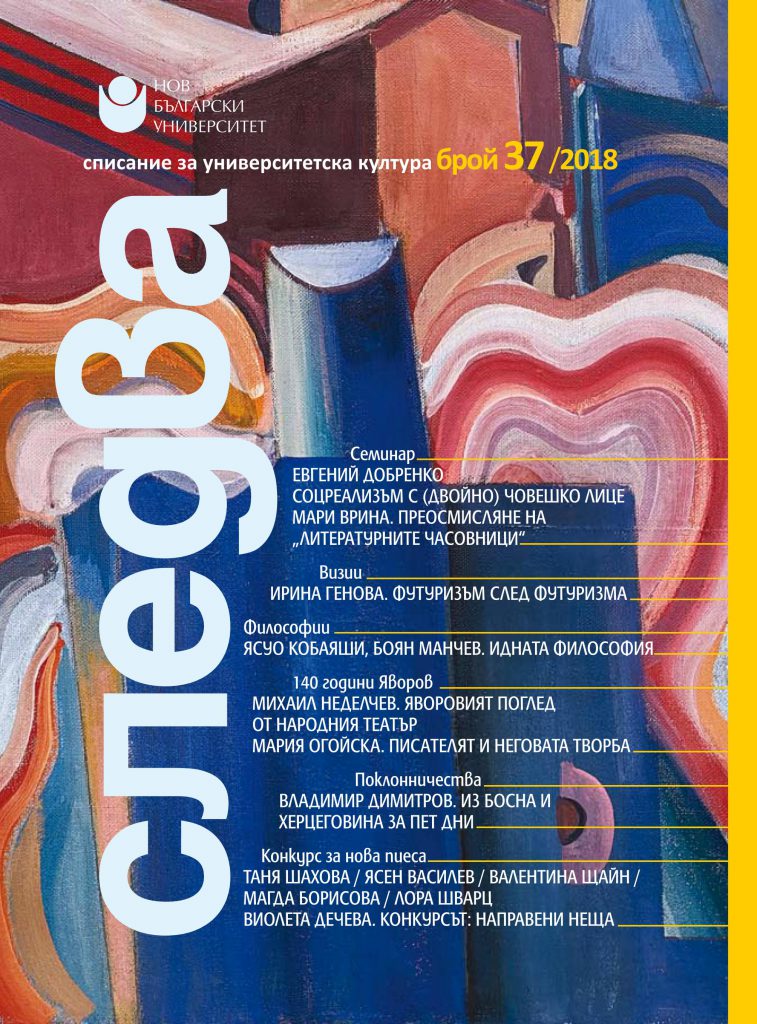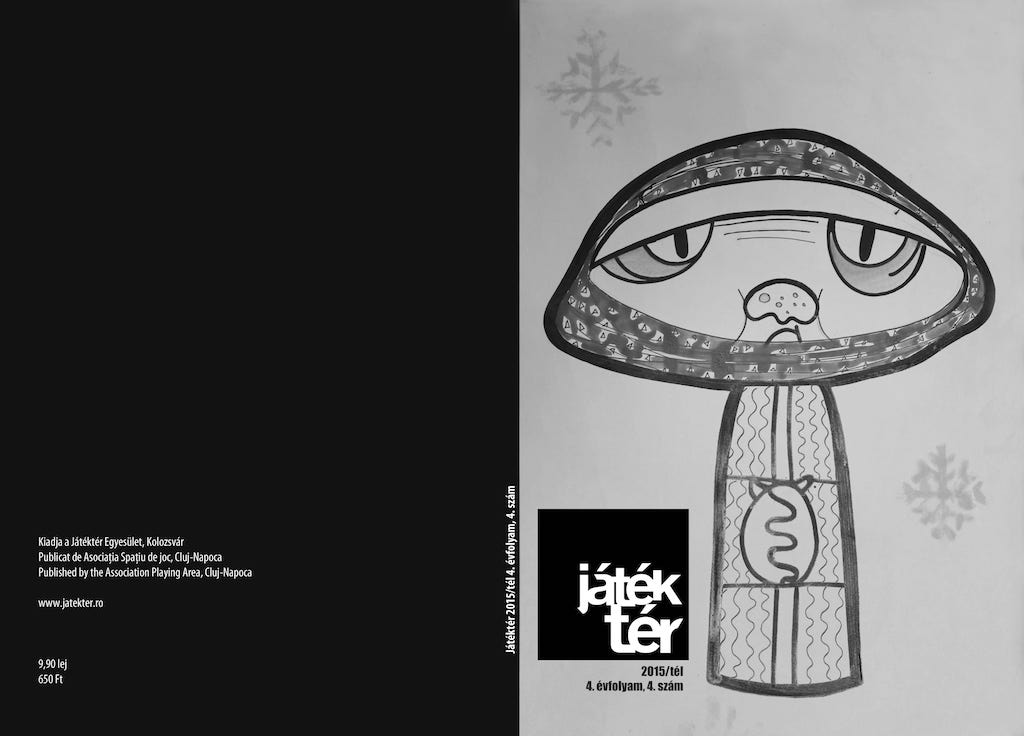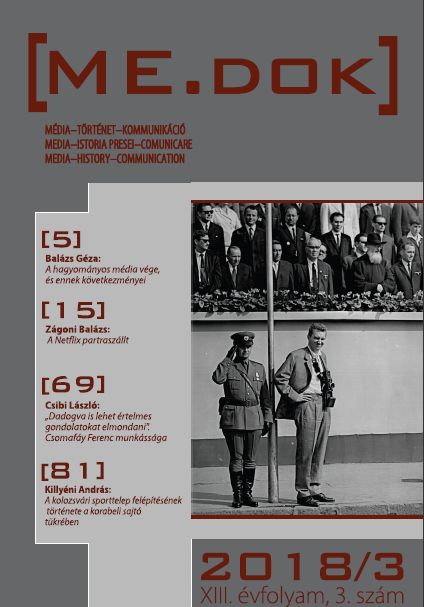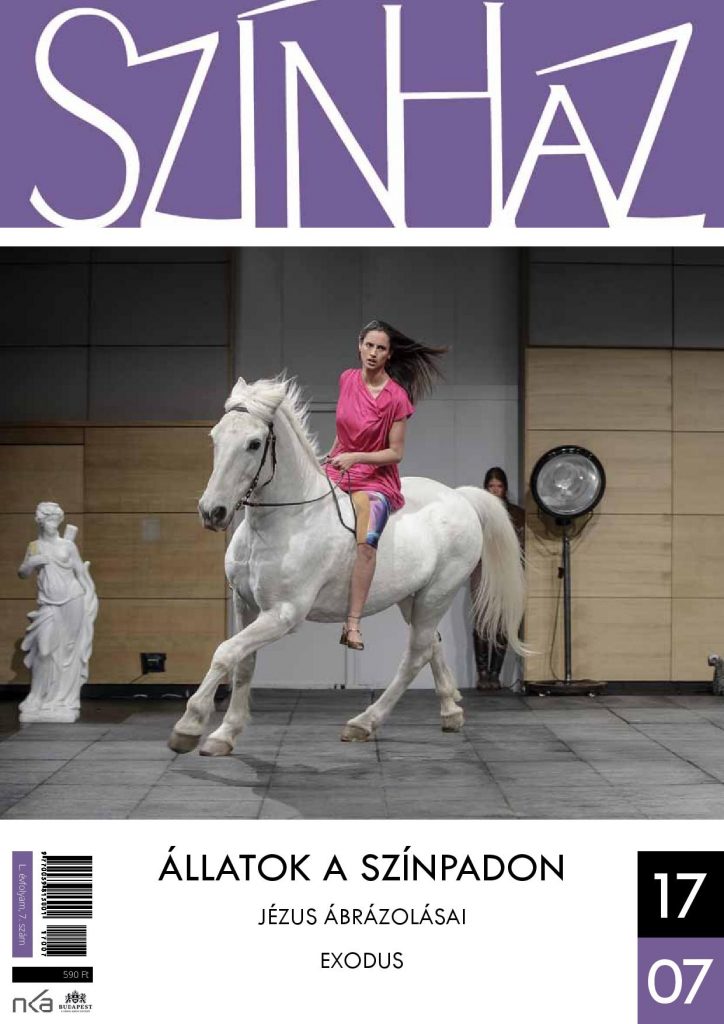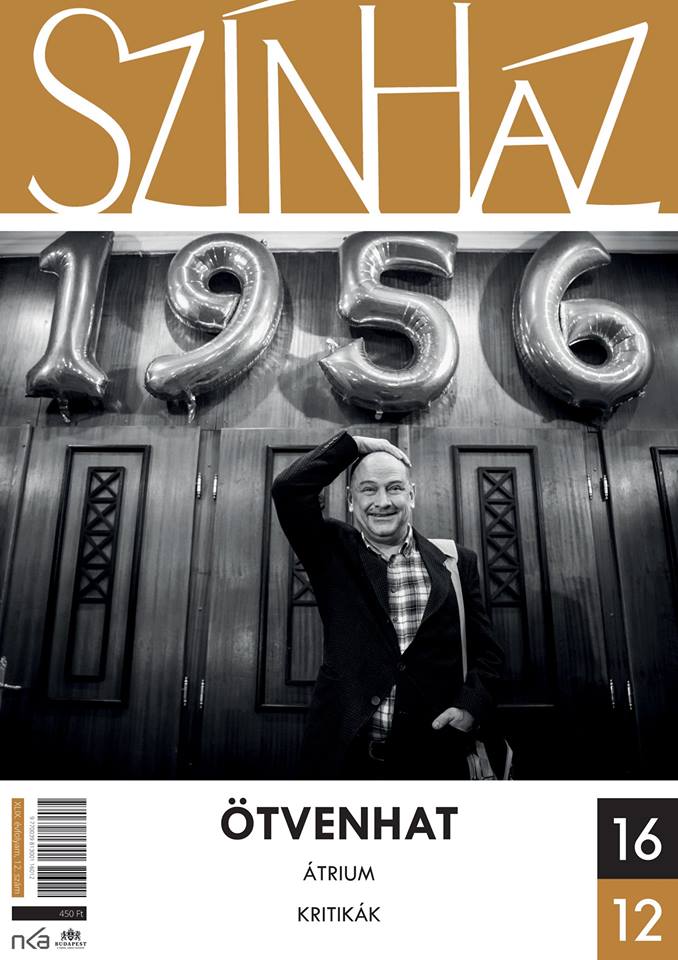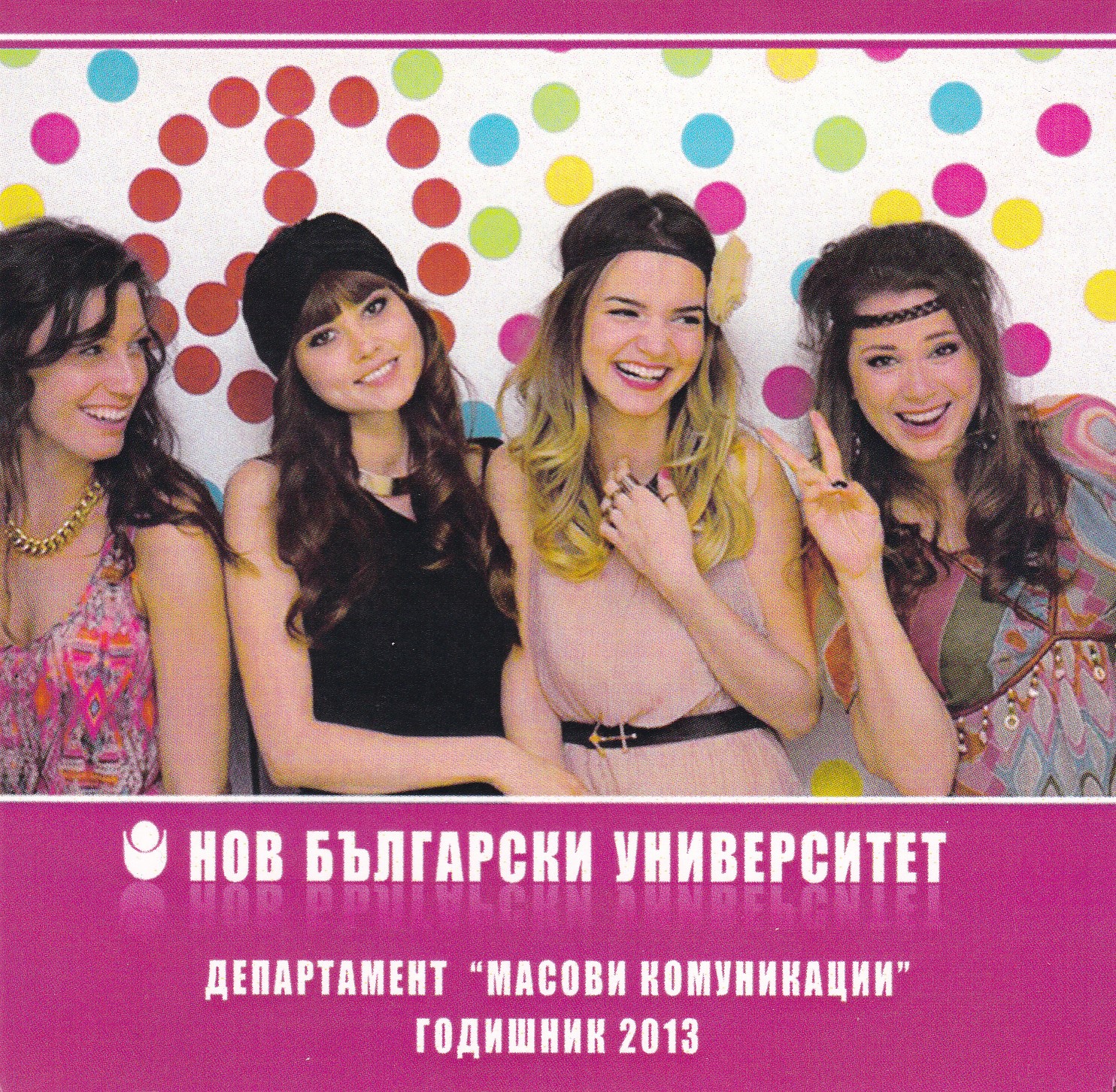
Театърът, слуга на красотата
One of the directions toward the interpretation of the problem is the complete acceptance, and to a certain extent fawning to the boulevard perception of youth and beauty. The newly affirmed norms for talent are in direct relation to the presence and polularity of these in TV and reality shows. This provokes the opposite reaction of total intolerance to glamor as mark of beauty. The tendency, analyzing the devastating consequences of a value system, where ugliness is a sin, is seen in several foreign spectacles, presented at the International Theater Festival "Varna Summer" 2012: "LÁpres midi" Raimund Hoghe; "Miss Julie", based on the original of August Strindberg, Intima Teater, Stockholm; "Dorian Grey", Burgtheater, Vienna; "The ugly one", Academic Drama Theater "I. A. Slonov" - Saratov, Russia; "Frenkenstein", Danny Boyle, Royal National Theater, UK.
More...
